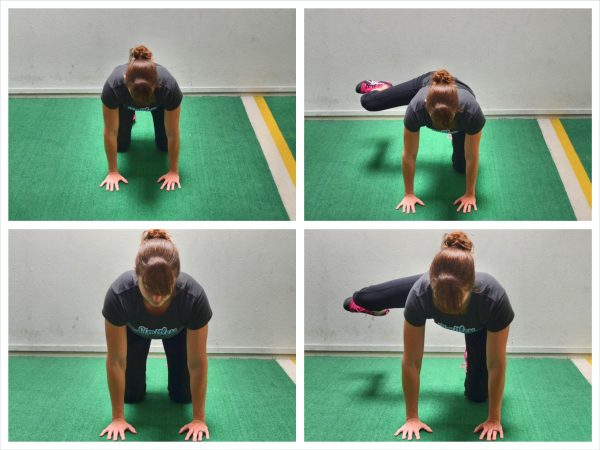
Fire hydrant exercise is a great way to target your glutes, hips, and outer thighs. This exercise is named after the motion a dog makes when it relieves itself on a fire hydrant. Fire hydrant exercise has become increasingly popular in recent years, and for good reason. It is an effective way to strengthen and tone the lower body.
What Muscles Do Fire Hydrants Work?

Fire hydrants primarily target the glutes, hips, and outer thighs. The gluteus maximus, medius, and minimus are the three muscles that make up the glutes. The gluteus maximus is the largest muscle in the body, and it is responsible for hip extension and external rotation. The gluteus medius and minimus are located on the sides of the hips, and they are responsible for hip abduction and internal rotation.
The outer thighs are also targeted during fire hydrant exercise. The tensor fasciae latae (TFL) is a muscle located on the outer thigh, and it is responsible for hip flexion, abduction, and internal rotation. The TFL works in conjunction with the glutes to stabilize the hips and pelvis during movement.
How to Perform Fire Hydrant Exercise

To perform fire hydrant exercise, follow these steps:
- Start on your hands and knees, with your wrists directly under your shoulders and your knees directly under your hips.
- Engage your core and keep your back flat.
- Lift your right knee out to the side, keeping it bent at a 90-degree angle.
- Pause at the top of the motion, then lower your knee back down to the starting position.
- Repeat for the desired number of repetitions, then switch sides.
Variations of Fire Hydrant Exercise

Fire hydrant exercise can be modified to target different areas of the lower body. Here are a few variations:
- Weighted fire hydrant: Hold a dumbbell or kettlebell behind your knee as you perform the exercise.
- Fire hydrant kickback: After lifting your knee out to the side, extend your leg straight back behind you.
- Fire hydrant circles: After lifting your knee out to the side, make small circles with your knee.
Benefits of Fire Hydrant Exercise

Fire hydrant exercise offers several benefits for the lower body, including:
- Strengthening and toning the glutes, hips, and outer thighs.
- Improving balance and stability.
- Reducing the risk of injury by strengthening the muscles that support the hips and pelvis.
- Improving overall athletic performance by increasing power and speed.
Conclusion
Fire hydrant exercise is a simple yet effective way to target the glutes, hips, and outer thighs. By incorporating this exercise into your workout routine, you can strengthen and tone your lower body, improve your balance and stability, and reduce your risk of injury. Try adding some variations of this exercise to your routine to keep your workouts interesting and challenging.